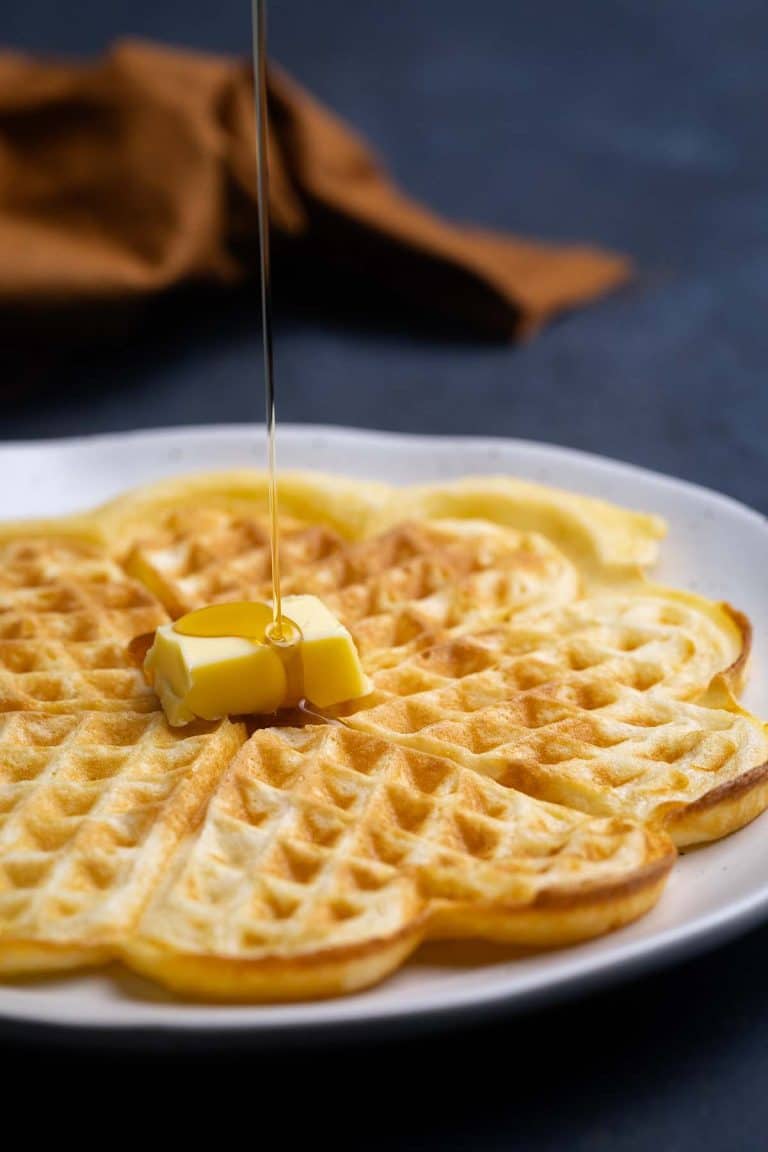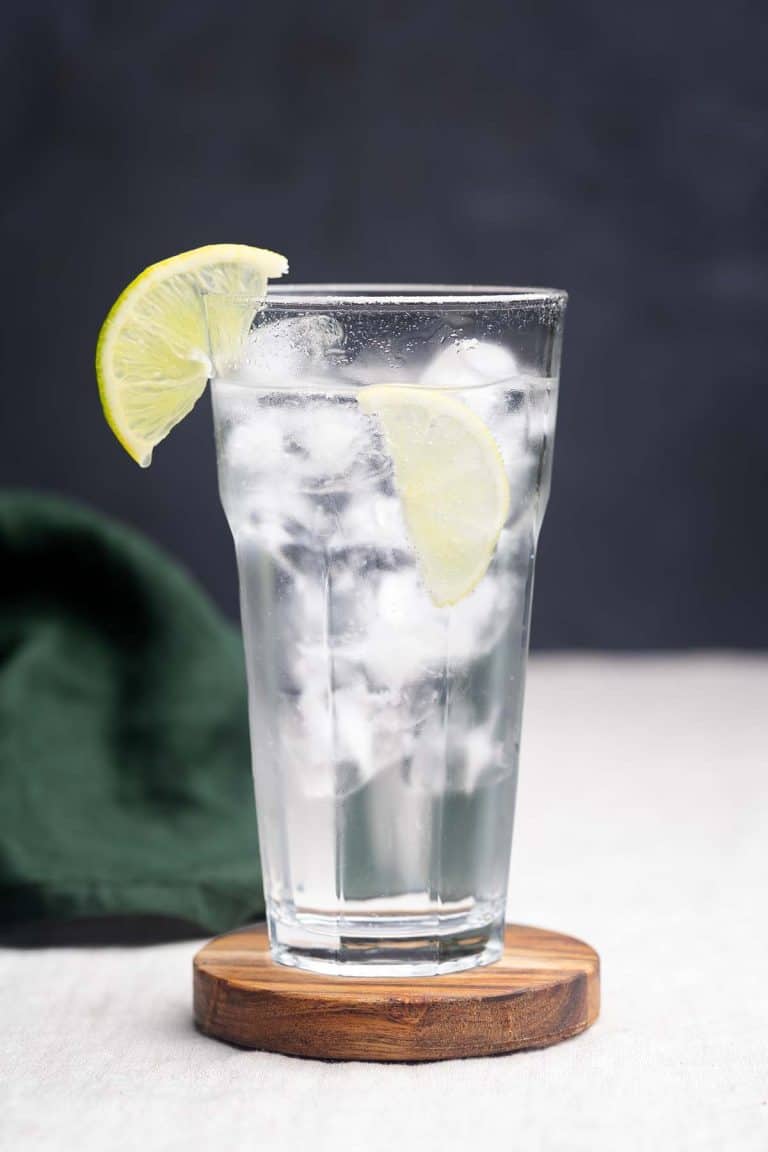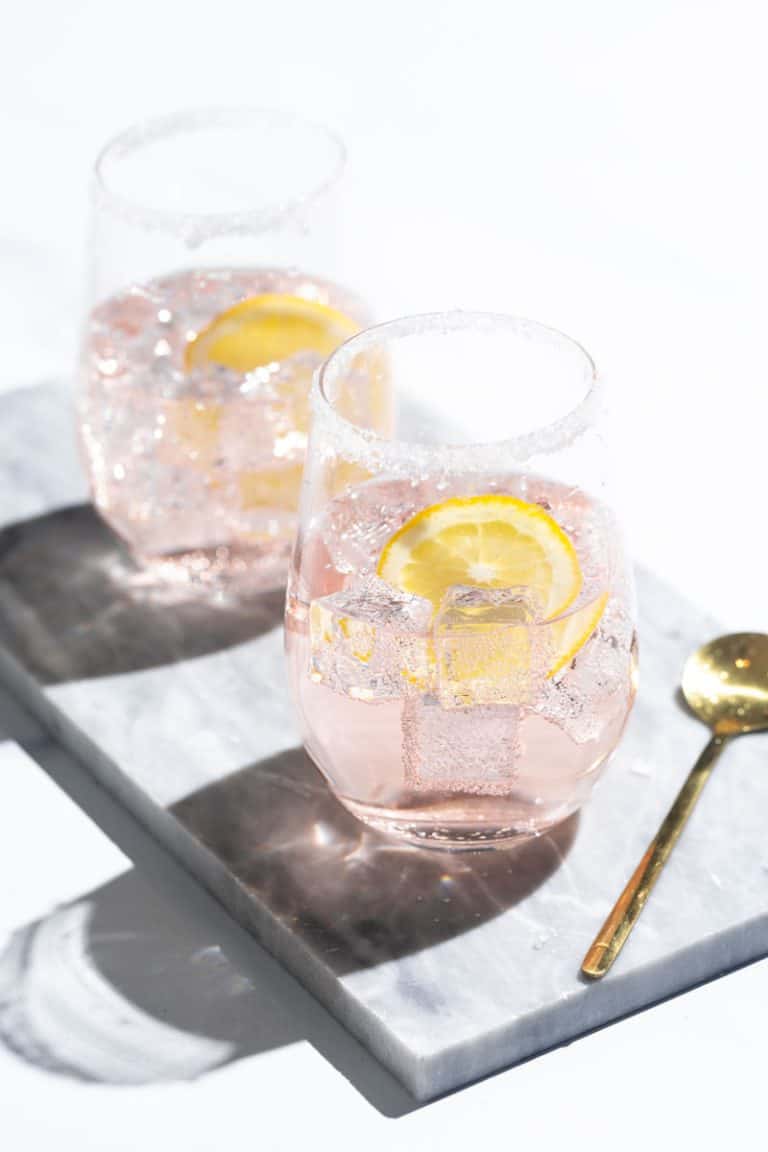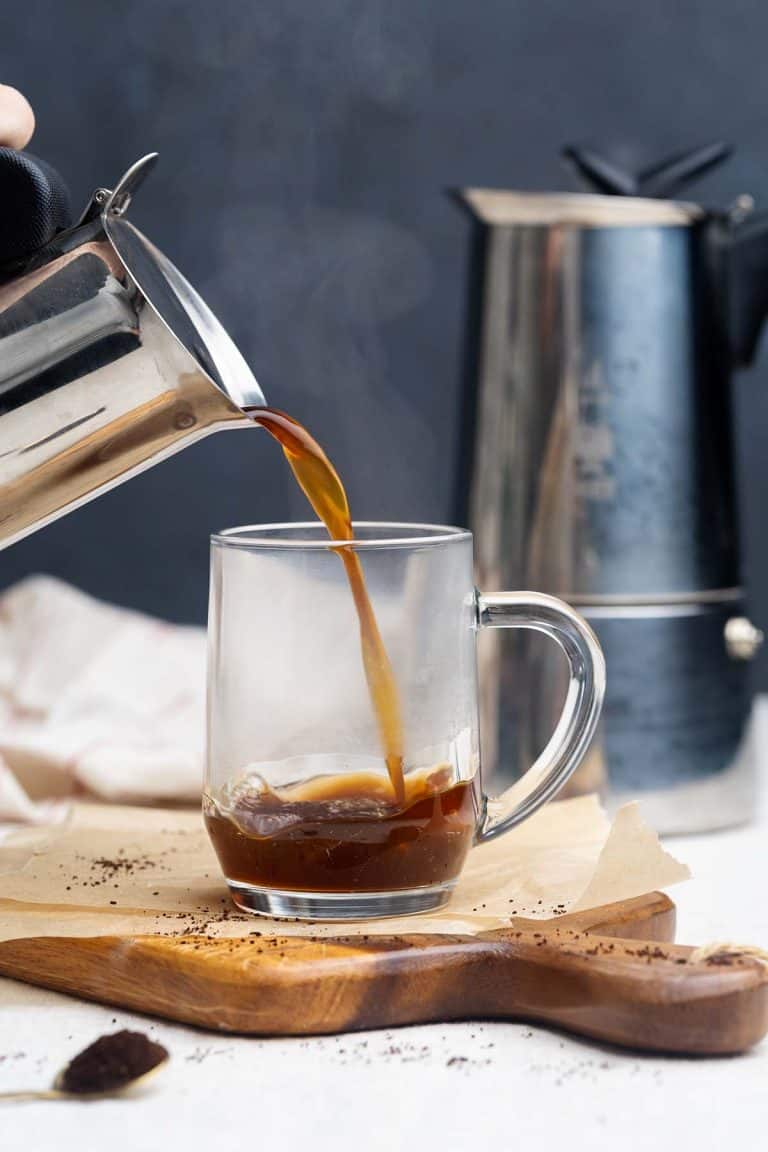Rosé Wine Guide
Sweet, dry. Still, sparkling. Pinot Grigio Rosé or Rosé prosecco. To frosé or brosé. This complete Rosé Wine Guide answers commonly asked questions about this trending wine style including food pairings, serving temperature, and more.
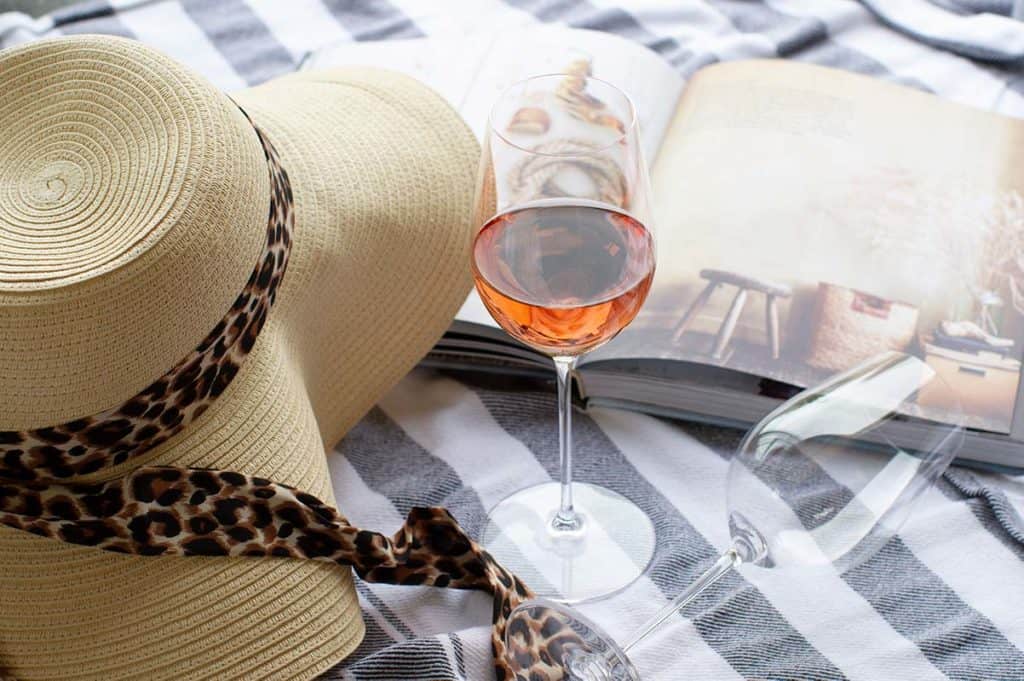

What is Provençal-style Rosé?
Well, let’s start with what is Provence – it is a region in France where at least 1/2 to as much as 2/3rd of the entire regional production is Rosé. So they know a thing or two about how to make this beautiful bonanza of pinkness. Generally, it is light pink, elegant, and dry in style.
In France there are several regional AOC governing bodies that regulate the production of wines. In all areas the main variety that composes Provencal Rosé wines is Grenache, generally blended with some or many of the following varieties in differing percentages: Syrah, Mourvèdre, Cinsault, Carignan, Cabernet Sauvignon, and a few other French varieties.
Are blush wine and Rosé the same thing?
This designation can be very confusing, especially to someone who just really likes Rosé, but basically, they are the same thing.
Blush wine, specifically made its name and became famous in the 1980s due to the White Zinfandel craze in the United States. Generally blush wines were made strictly from red grapes that infused a ‘blush’ of color to the wines and tended to be somewhat sweet from the grape must.
But nowadays these terms can be used interchangeably and blush is now often used more as an adjective to describe a Rosé color than a different style of wine.
What is Rosé champagne?
If we are strictly talking about Champagne, then this style is only from the French Champagne region, and they again are quite strict on how wines are made.
If you are talking about sparkling wine (not from Champagne in France), there are two ways to make a bubbly Rosé. The traditional Méthode Traditionnelle or by infusing a sparkling wine style with carbonation.
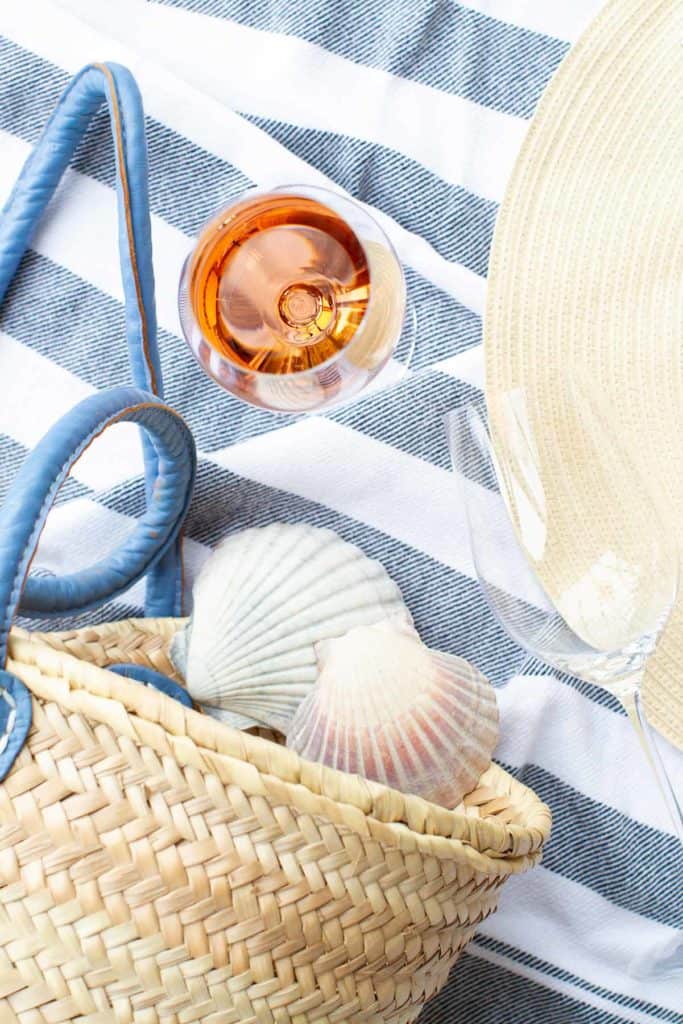
Are darker Rosé wines sweet?
The shade of pink relates to the grape variety as well as the length of skin contact between juice and grape skins. Don’t be afraid of pink wines, they have come a long way from Mateus days in the 80s and can be bone dry or sticky sweet.
If in doubt, check the back label or tasting note if you’re shopping online to find out more about the taste profile of the wine.
At what temperature should you serve Rosé?
Rosé should be refreshing, so the best thing is to always have a bottle on hand in your refrigerator. The technical definition for how cold it should be is between 5-6°C, but unless you have a wine fridge, simply pop it into your refrigerator a few hours before consumption.
Can you age Rosé?
The short answer is generally you wouldn’t want to, not that you could bring yourself to put away some of these beautiful pink-hued bottles. Generally though, Rosé is made to be consumed young, similar to white wines like Sauvignon Blanc and Pinot Gris.
The grapes for Rosé wines tend to be picked early to preserve vibrant characteristics and the winemaking focus is to amplify and keep the fresh flavors and bright acidity, sometimes with a bit of sweetness. Added to that fact that Rosé wines are not generally aged in oak, but instead tend to be fermented in stainless steel vats. This means that the wines do not have excessive tannins from the wine skins nor oak tannins from barrels.
Ageability can also depend on the wine variety that is used to make the Rosé as well as winemaking techniques, as some red wine grapes have more tannins than others, for example, Mourvèdre or Cabernet Sauvignon which allow them to age a bit better and longer than their other red wine variety counterparts.
But really, you should enjoy Rosé throughout the year and not worry too much about aging them.
Popular Rosé food pairings
Rosé is one of the most versatile wines when it comes to food matching, as it can be easily paired with salty, savory, sweet, and even spicy dishes.
Light and dry Rosé wines pair well with light salads, sashimi, and grilled fish.
Medium-bodied Rosé complement antipasti platters, tapas, and smoked salmon.
Check out my crispy seed cracker recipe for your next Rosé-matched antipasti platter or my deconstructed burrata bruschetta which is perfect for sharing. My strawberry Rosé cake makes an excellent dessert option.
Check out my Rosé food pairing guide for a comprehensive overview of food pairings.
Related articles
If you love Rosé, make sure Rosé day is marked in your calendar and check out these pink articles as well:

